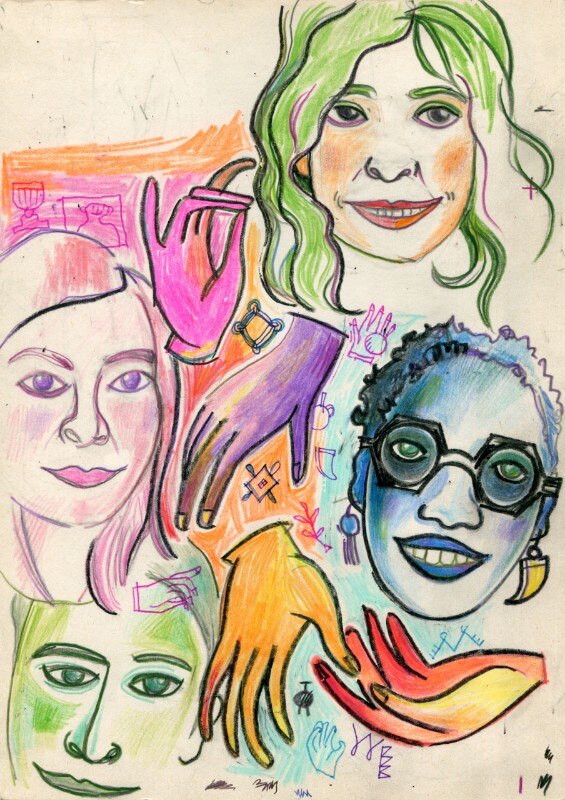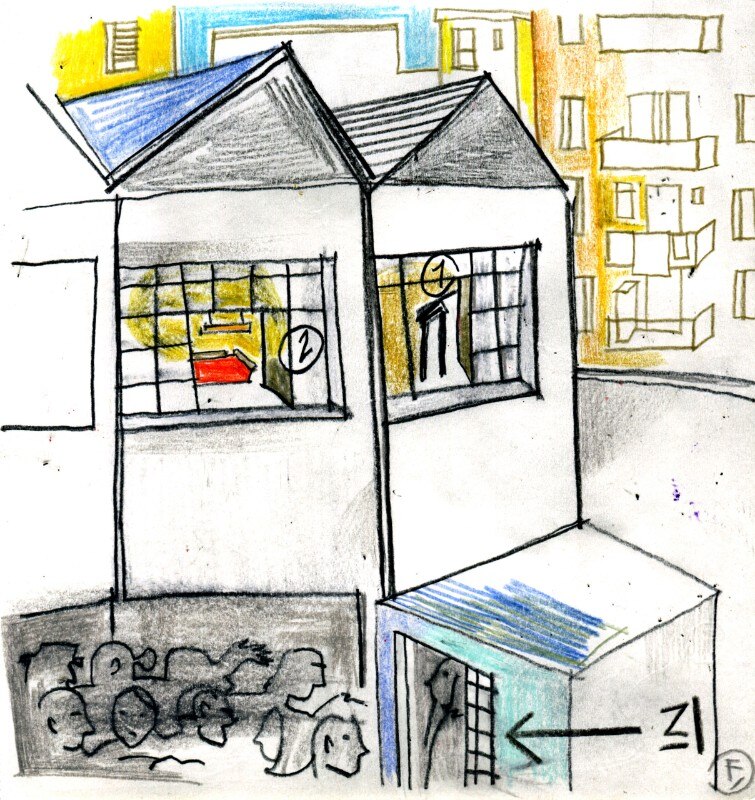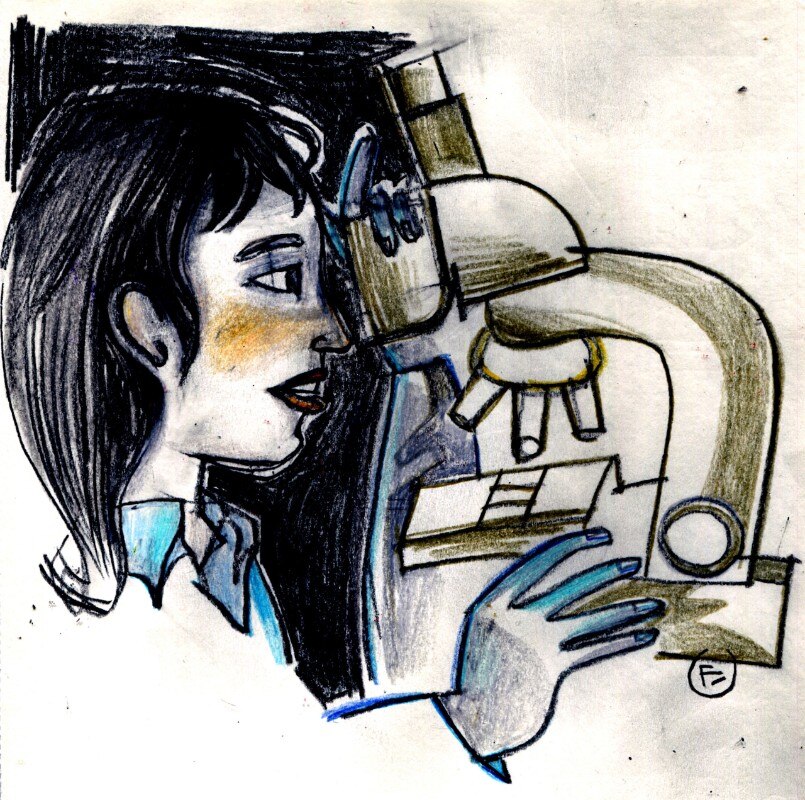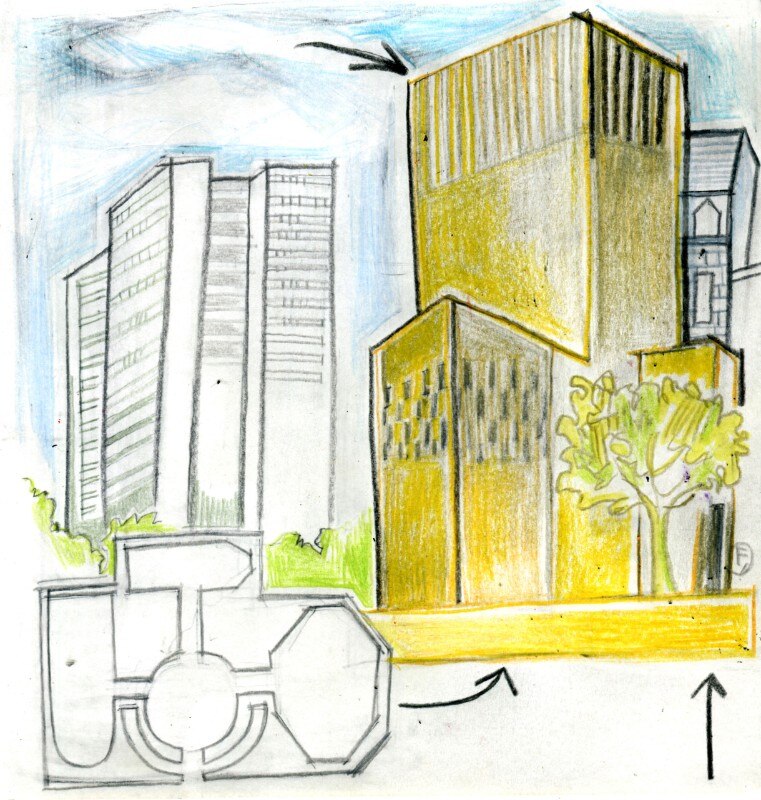This article was originally published in Domus 1054, February 2021.
Marco Alverà: In my view, it is vitally important to be aware of the so-called unconscious bias if we are to achieve the objective of greater inclusion and a fair work environment. Unconscious bias plays a key structural role in relations and it is the hardest to erode – which is why it is at the very heart of the current debate. Observing colleagues throughout my career, I have realised that a fair environment results in better performance, helping people express their maximum potential. The same can be said for the university, the family, a sports team and so on. People can avail of greater freedom in a fair environment, as in jazz improvisations. This favours creativity, innovation and well-being.
Elena Ostanel: What Marco has just said can be carried over to the urban sphere. Literature is now concordant that diversity is an added value when a city must attain the degree of urbanity to innovate. Intersectionality has become an important concept, by which each individual encapsulates multiple diversities that affect how one appears to the world. Public policies should also increasingly be able to consider all these diversities and see conflict not simply as something to be suppressed but as a drive towards change. Today’s urbanist must work on hybrid design spaces and cope with very different forms of knowledge and people: from sociologists to community organisers, activists, members of the community and institutions. As well as having pure urbanistic design, which must exist, we must be good at creating, managing and accompanying the processes.

Sara Hejazi: Intersectionality certainly helps express the multiple affiliations that characterise each and every one of us. Steven Vertovec spoke of superdiversity in 2007, referring to Britain, and identifying that period as the moment in history when, more than ever, a whole host of different cultural systems and identities were beginning to coexist in the same urban venues. This theoretical tool is also helpful in the context of multifaith places, such as the House of One in Berlin (by Kuehn Malvezzi, under construction) which houses a synagogue, a church and a mosque. The innovation in Vertovec’s concept is not so much the geographical origin of the individuals but their status – from refugee to middle-class and even white collar. The problem of superdiversity, however, is that it narrates the urban space as a neutral container but not all identities have access to it.
Igiaba Scego: The fact that the Black Lives Matter movement has, from the very first, focused on the white supremacist dynamics acted out in the urban traces is no surprise. As well as being the year of Covid-19, 2020 also saw the death of George Floyd and the protests against racism that erupted across the globe, speaking out against the poor representation of African Americans. Actually, a collective discussion centred on each situation can deliver solutions that do not necessarily result in the physical elimination of the monument in question. This is an approach many of us have advocated for urban space, in Europe and all the more so in Italy.

E.O.: The pandemic has also exacerbated urban inequalities. Europe in particular is now closer to North American standards. Until a few years ago, people in Italy were talking of urban regeneration and social innovation with reference to places usually characterised by a highly diverse population, social capital and, tendentially, a pre-existing experience of movement. However, these three criteria are rarely found in the suburbs, the very places with the greatest need for intervention. The same applies to the comparison between large cities and small towns. Today’s urban design must be able to intervene in increasingly diverse towns and cities. But the pandemic has also shown us that new forms of collaboration between different players are possible, something to be maximised in the future.
M.A.: In terms of companies, on the other hand, the drive to ESG (environment, social and governance) will play a major role in countering this polarisation. Today, companies are being asked to communicate these standards more strongly, also by their investors. Corporate missions will increasingly focus not only on profit margins but also on the well-being of society and the planet. This is partly why we are convinced that the time has come to exploit new soft skills inside the corporate environment, including respect and emotional intelligence: the heart quotient or HQ, which means also using your heart when making decisions. Digital is a huge lever because it removes strata of hierarchy that are no longer necessary. Fairness must be taken outside the company and into the city and local community. That is why we set up the SNAM Foundation. Moreover, in 2019, my brother, my cousins and I established the Fondazione Kenta which continues the work of my grandmother Angelica Alverà – known as Kenta. A writer, art historian and activist, she fought for gender equality and female access to STEM disciplines.

S.H.: We already know that, in urban terms, this polarisation falls along the lines of identity and ethnic belonging. By a provocative stretch of the imagination, we could say the farther we move from rich centres, the darker the skin colour. It is an anthropological geography that still follows colonial patterns featuring hierarchies where non-whites live on the margins. In European and North American cities, the demonisation of Islam that began with the attack on the Twin Towers persists. Here in Turin, for example, there are 18 mosques but their minarets and most distinguishing features have been camouflaged or simply omitted.
I.S.: Italy also experienced Fascism, which left its mark on all its cities and towns. The past should be addressed, not removed. In order to recreate another history and detoxify a monument from its past, there must be a collective reprocessing, a pedagogical awareness. Every trace requires our effort and commitment, as only realisation can bring true decolonisation.
Opening image: illustration Francesca Bazzurro


